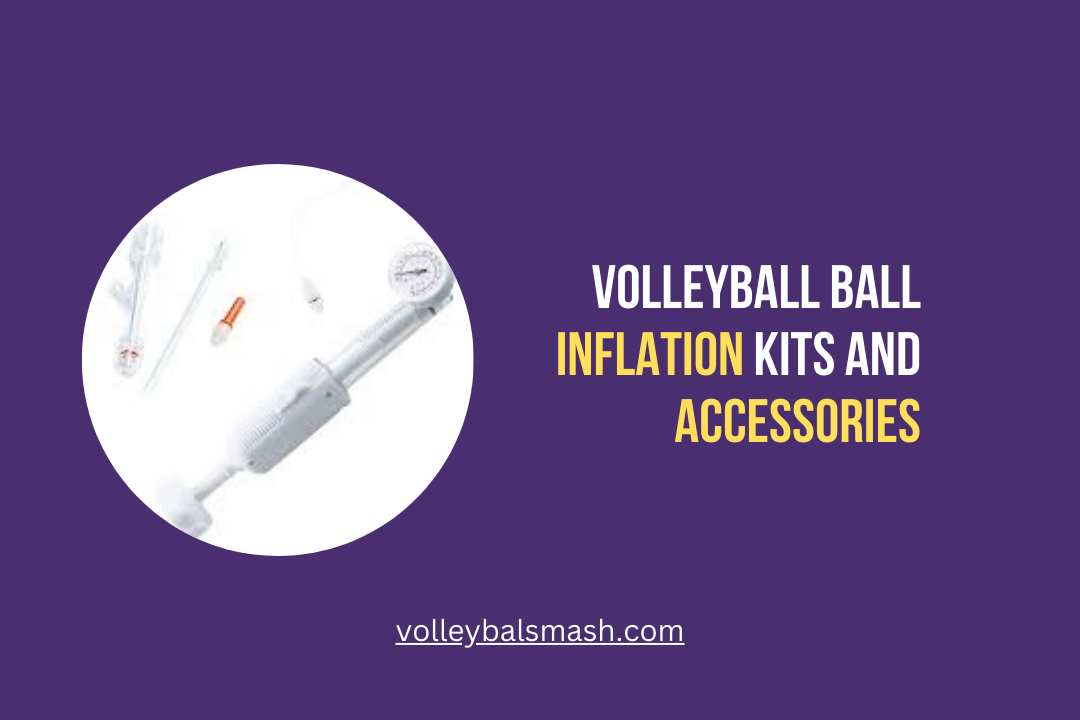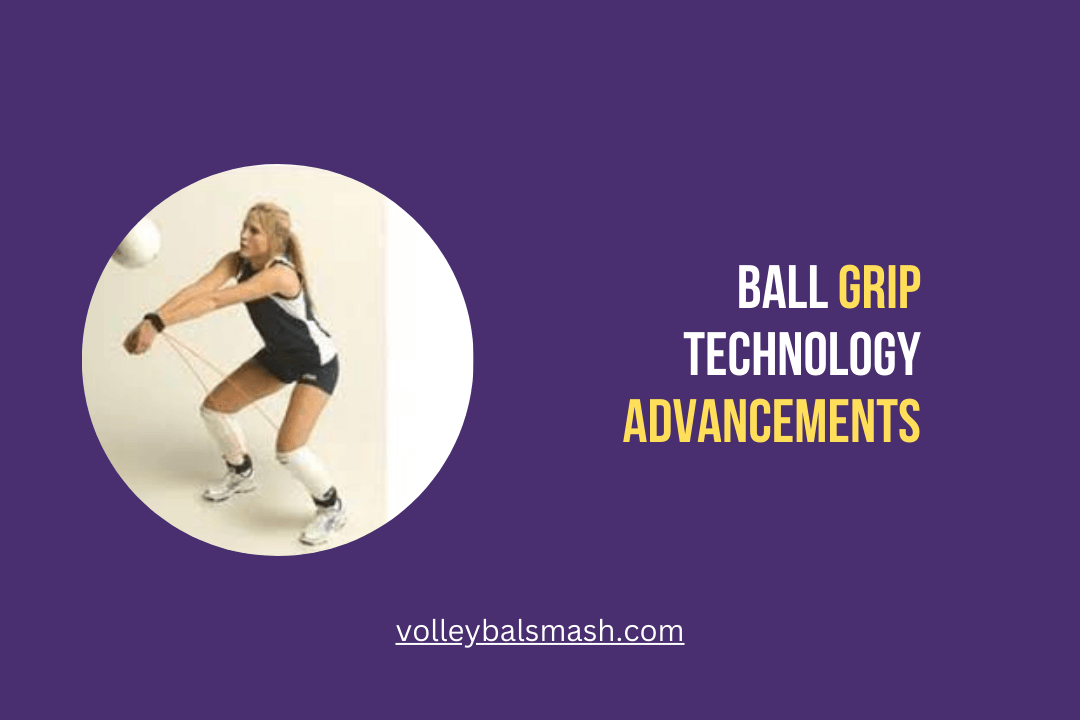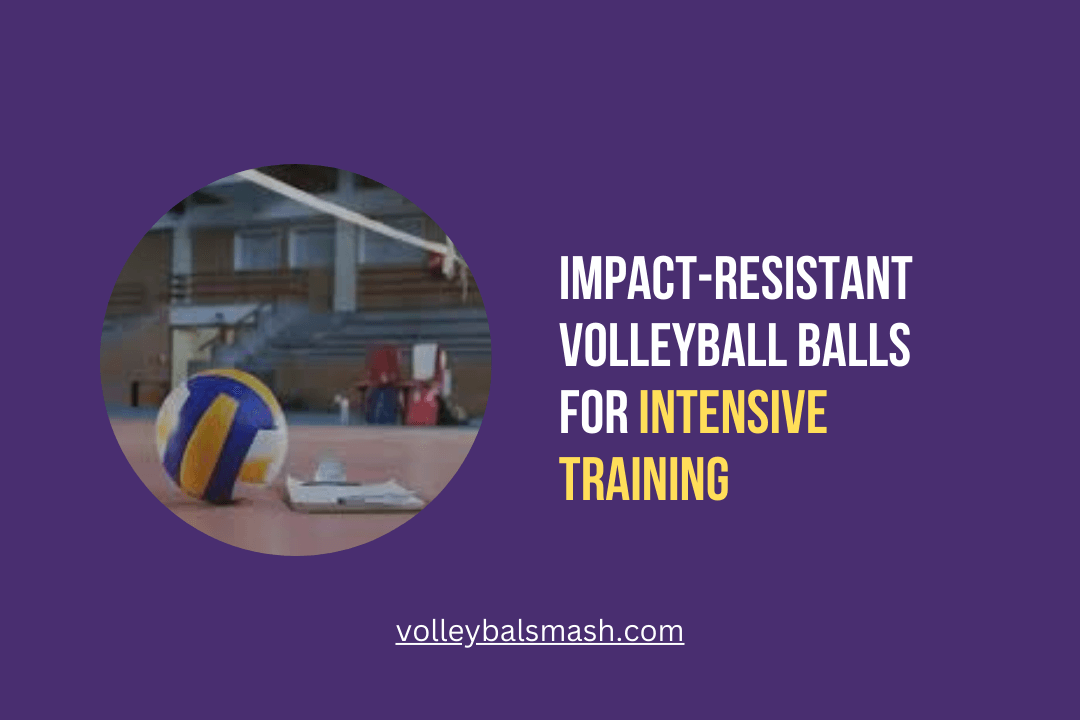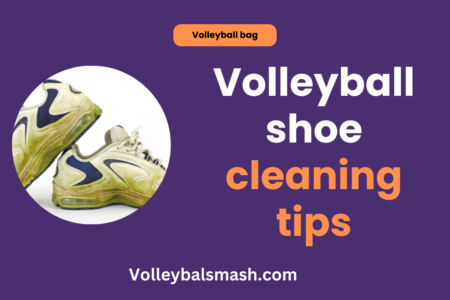Have you ever considered the impact that the bladder material has on the performance of volleyball balls? It’s a crucial component that greatly affects the durability, stability, and consistency of the ball during play. The bladder material not only determines the ball’s bounce and flight, but also plays a significant role in its overall quality. In this blog post, we will delve into the importance of bladder material in volleyball balls and how it can enhance your game.

Evolution of Volleyball Ball Design
Assuming you are interested in the development and design of volleyball balls, it is important to understand the evolution of their design over the years. Volleyball balls have transformed significantly since the sport’s inception, with improvements in materials and technology leading to a better playing experience and increased durability.
Historical Changes in Bladder Materials
Throughout history, bladder materials used in volleyball balls have evolved to enhance performance and durability. In the early days of volleyball, bladders were typically made of natural rubber, which provided decent bounce and playability. However, natural rubber had its limitations in terms of maintaining air pressure and durability. Over time, synthetic materials such as butyl and latex have been introduced, offering improved air retention and durability, making the balls suitable for more consistent and prolonged use. The shift to synthetic materials has greatly improved the overall quality and longevity of volleyball balls.
Impact on Performance and Playability
The evolution of bladder materials in volleyball balls has had a significant impact on performance and playability. The use of synthetic materials such as butyl and latex has resulted in balls that maintain their shape and air pressure for longer periods, providing a more consistent bounce and feel during play. This improvement in air retention and durability has enhanced the overall performance of volleyball balls, allowing for more precise and consistent plays. Additionally, the use of advanced bladder materials has reduced the risk of the ball losing its shape or becoming damaged during intense gameplay, leading to a more enjoyable and reliable experience for volleyball players.
Types of Bladder Materials Used in Volleyballs
Clearly, the type of bladder material used in a volleyball has a significant impact on its performance and durability. Different materials offer distinct advantages and disadvantages, making it important to understand the options available. Below, we’ll break down the various types of bladder materials used in volleyball balls.
| Types of Bladder Materials | Characteristics |
|---|---|
| Latex | |
| Butyl | |
| Polyurethane | |
| Composite |
Effect of temperature on volleyball ball performance
Latex Bladders and Their Characteristics
Latex bladders are known for their excellent responsiveness and soft touch, providing a great feel when hitting or passing the ball. However, they are also more prone to air leakage compared to other materials and may require more frequent inflation. If you prioritize ball control and touch, a volleyball with a latex bladder may be the right choice for you.
Butyl Bladders and Their Advantages
When it comes to durability and air retention, butyl bladders are hard to beat. They offer minimal air leakage, allowing the ball to maintain its optimal inflation for longer periods. This makes them a great choice for volleyball players who want a low-maintenance option that holds its shape and pressure well. Perceiving a volleyball with a butyl bladder can provide you with consistent performance and peace of mind during gameplay.
Comparing Bladder Materials
After reading ‘The Chemistry of a Volleyball’ on Chemistry Is Life, you may have gained some insight into the bladder materials used in volleyball balls. Let’s compare some of the most common bladder materials used in volleyball balls.
| Material | Properties |
| Butyl | Durable, retains air well |
| Latex | Highly responsive, good rebound |
| Polyurethane | Lightweight, retains shape well |
Influence on Ball Dynamics and Aerodynamics
Bladder materials play a crucial role in determining the dynamics and aerodynamics of a volleyball. The material affects how the ball responds to contact, as well as its flight through the air. For example, the use of latex bladder material can lead to a more responsive and energetic ball, while polyurethane may result in a lighter and more consistent ball trajectory.
Durability, Air Retention, and Player Experience
The bladder material also influences the overall durability, air retention, and player experience with the volleyball. For instance, butyl bladder material is known for its durability and ability to retain air over extended periods, contributing to a more consistent and reliable playing experience. On the other hand, latex may provide a highly responsive but less durable option, requiring more frequent inflation to maintain optimal playing conditions.
Advanced Technologies in Bladder Design
However, the bladder design of volleyball balls has seen significant advancements in recent years. Manufacturers have been experimenting with various technologies to improve the performance and durability of the bladder. Some of the advanced technologies in bladder design include:
- High-grade latex: Bladders made from high-grade latex offer superior air retention and responsiveness, ensuring consistent play and minimal maintenance.
- Butyl rubber: Butyl rubber bladders are known for their air retention properties, reducing the need for frequent inflation.
- Valve system: Innovative valve systems not only prevent air leakage but also make it easier to inflate and deflate the ball as needed.
Comparing various volleyball ball textures
If you want to learn more about the different types of volleyball balls and their features, you can check out this comprehensive guide on Volleyball ball | Everything You Need To Know About …
Innovations in Material Engineering for Volleyballs
Advancements in material engineering have led to the development of new synthetic materials that offer enhanced durability and performance for volleyball balls. Manufacturers are constantly researching and experimenting with materials to find the perfect balance of durability, touch, and playability. The use of innovative materials such as microfiber composite covers and enhanced bonding agents has revolutionized the quality of volleyball balls, ensuring that you get the best performance out of your equipment.
The Future of Volleyball Ball Bladders
As technology continues to advance, the future of volleyball ball bladders looks promising. Manufacturers are investing in research and development to create bladders that offer unparalleled air retention, resilience, and responsiveness. The use of cutting-edge materials and construction techniques is expected to result in volleyball balls with superior performance characteristics, ensuring that you have the best possible experience on the court.
Conclusion: The Role of Bladder Material in Volleyball Balls
On the whole, the bladder material used in volleyball balls plays a crucial role in the performance and overall quality of the ball. The type of bladder material can affect the responsiveness, durability, and feel of the ball, ultimately impacting the player’s experience on the court. By understanding the significance of bladder material, you can make informed decisions when selecting a volleyball ball that best suits your playing style and needs.
FAQ
What role does bladder material play in volleyball balls?
The bladder material in a volleyball ball affects its performance and durability. The bladder is the inner part of the ball that holds the air. Different bladder materials can impact the ball’s feel, responsiveness, and air retention capabilities.
What are the most common bladder materials used in volleyball balls?
The most common bladder materials used in volleyball balls are butyl and latex. Butyl bladders are known for their excellent air retention, making them ideal for outdoor use. Latex bladders, on the other hand, provide a softer feel and better responsiveness, making them popular for indoor play.
How does the bladder material affect the feel of the volleyball ball?
The bladder material can significantly impact the feel of the volleyball ball. Butyl bladders tend to provide a firmer feel and more consistent bounce, while latex bladders offer a softer touch and better control. Players often choose the bladder material based on their playing preferences and the specific playing conditions.










